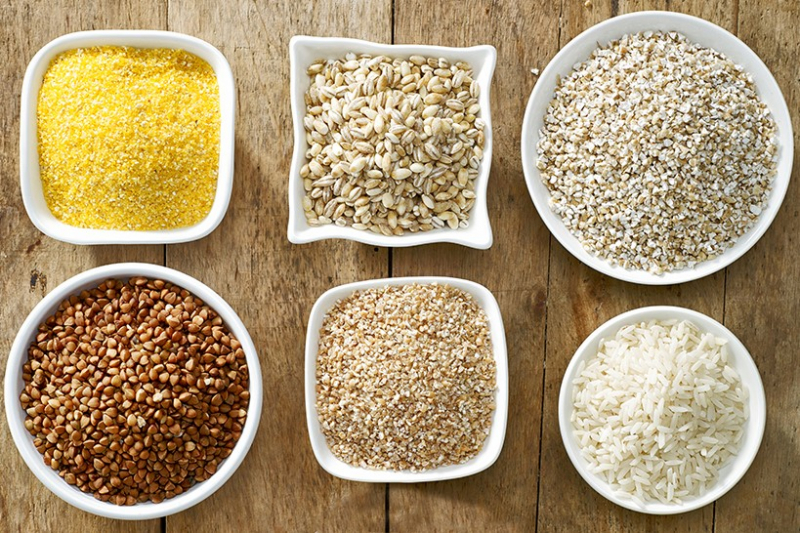Whole Grains
Wheat, oats, and barley are examples of grains, as well as pseudocereals like buckwheat and quinoa. Magnesium is one of many minerals that can be found in abundance in whole grains.
Buckwheat dry provides 65 mg of magnesium per ounce (28 grams), which is 16% of the recommended daily intake. In addition, a lot of whole grains are rich in fiber, B vitamins, selenium, and other minerals. Whole grains have been found in studies to reduce inflammation and lower the risk of heart disease. Traditional grains like corn and wheat are lower in protein and antioxidants than pseudocereals like buckwheat and quinoa. Additionally, because they are gluten-free, those who have celiac disease or gluten intolerance can also enjoy them.












